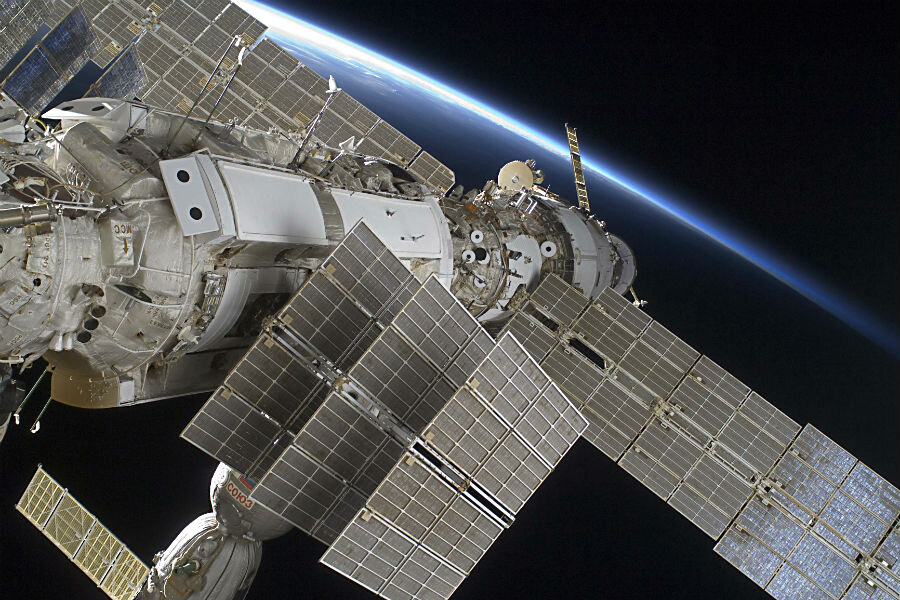What would Obama's proposed FY 2017 budget mean for NASA?
Loading...
As part of President Obama’s federal budget proposal released by the White House Tuesday, his administration would grant the National Aeronautics and Space Administration (NASA) $19 billion dollars in fiscal year 2017.
The funding, while up from the $18.5 billion requested by Mr. Obama for the current fiscal year, is lower than the nearly $19.3 billion amount approved by Congress in December.
The proposed budget provides for continuing many of the high-profile projects NASA has in development, including the ongoing preparations and planning for an eventual manned Mars mission, an upcoming mission to Jupiter’s moon Europa, and the launch of the James Webb Space Telescope.
NASA’s science division funding would remain around the same level, at $5.6 billion, with around $2 billion allocated to Earth sciences and $1.9 to planetary sciences. The Earth-related projects that benefit from the proposal include "the development and operation of a fleet of spacecraft to study our own planet, increasing our understanding of the Earth and its climate." This comprises of various monitoring satellites, including the Landsat 9 which is now slated to launch in 2021.
While some members of the Republican-controlled Congress are not supportive of certain NASA projects related to the study of climate change on Earth, satellite programs like Landsat have seen success in recent years. Conversely, Congress and the White House have also disagreed on appropriations for the space agency’s planetary projects. That department’s budget saw a slight drop, although Obama may not have adjusted the amount after Congress granted NASA more than expected last year.
"I don’t think the White House is going out of its way saying, 'We’ve got to cut NASA,'" Casey Dreier, The Planetary Society’s director of space policy, told Science, adding that "Congress came out with a very good number late in the game."
In a Planetary Society release on the budget numbers, Mr. Dreier also said that the proposed $19 billion allocation represents "A step in the right direction, though NASA needs to grow, not shrink, if we want it to achieve the goals set out for it by the nation."
The planetary sciences funding would also cover several space telescopes, ongoing operations on Mars, and support other probes currently in space.
A total of $8.4 billion, including around $5 billion for efforts related to the International Space Station, would be spent on human exploration. Space technology and aeronautics research would get slightly over and under $800 million, respectively.
The budget also includes several provisions for research related to developing "clean fuels and transportation technologies," for American use, such as new aircraft with low carbon emissions and environmentally-friendly public transportation.







